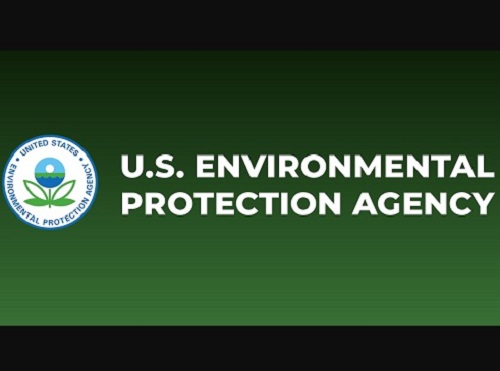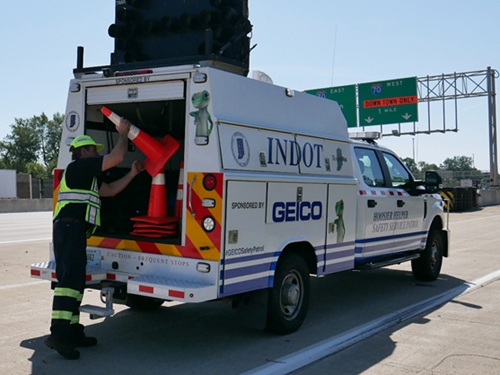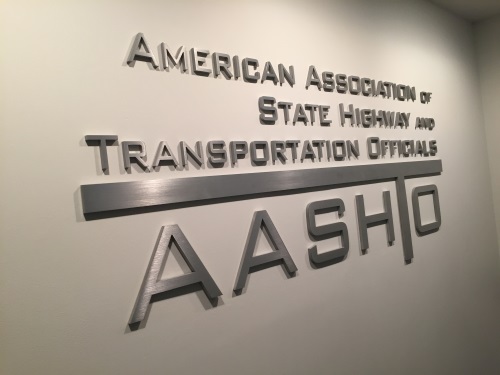The American Association of State Highway and Transportation Officials shared concerns with the Environmental Protection Agency in a five-page letter regarding the EPA’s proposed “Draft Label Program Approach” for construction materials.
[Above image by AASHTO]
The EPA’s “draft label” effort aims to identify and label construction materials and products that have substantially lower embodied carbon, making it easier for state departments of transportation to find and procure these materials for the infrastructure projects they oversee.
AASHTO noted in its letter to EPA that this program “could potentially broaden state DOT options beyond traditional materials and potentially lead to new and more sustainable choices.”

However, AASHTO cautioned EPA that “there should also be acknowledgement of a potential for higher costs” as those low-carbon materials may initially be more expensive than traditional ones.
“This could impact budgets and potentially require adjustments in procurement processes or project planning by state DOTs,” the organization said.
Still, AASHTO and its state DOT members support a “simplified” first phase of the program to allow for lessons learned to inform later phases.
“The ‘Draft Label Program Approach’ makes sense for manufactured items than can be warehoused such as steel and glass,” the group noted in its letter. “Asphalt and concrete mixes, however, are produced on the same day as installation within a very narrow time window, [with] mix designs frequently changing during production.”
AASHTO also emphasized that state DOTs are “interested in having a better understanding” of who will be setting the parameters or thresholds and how each of these constraints will be managed across the country.
“We are seeking clarity on how state DOTs will be expected to incorporate thresholds for labeling into project work and how often thresholds will need to be reviewed and updated,” the organization noted.
AASHTO is also concerned that contractors will want to be paid for the labeling and question whether this will be a one-time fee or will this fee will need to be added individually, leading to increased cost of projects.
“State DOTs also want to avoid mandated incorporation of recycled materials into highway materials without proven cost and performance benefits,” the group stressed. “There have been several cases of mandated ‘linear-landfilling’ by various waste products into asphalt and a lesser extent concrete. Often, these products may theoretically be incorporated with little ill effect but usually with a tradeoff, e.g., major processing or some other large expense that is not economically viable.”
 Nation
Nation
Confusion Reduces ‘Slow Down, Move Over’ Law Impact
November 14, 2025 Nation
Nation

